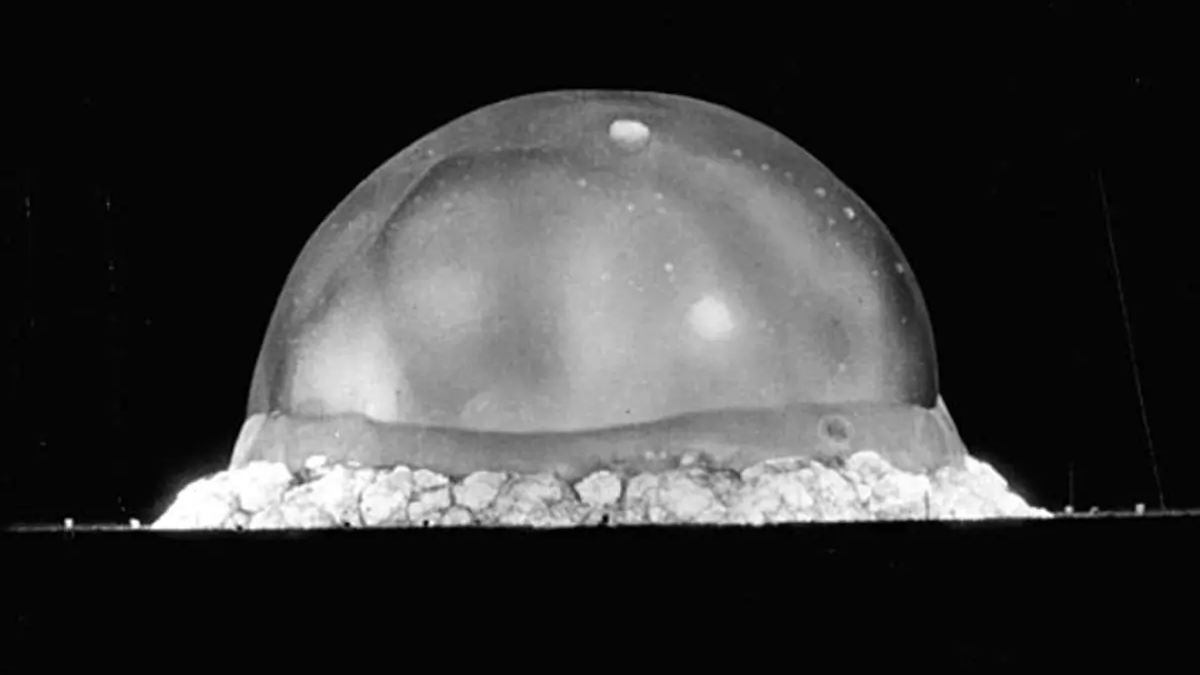Wildfires in Canada’s Northwest Territories have released 97 megatons of carbon, 277 times what its people emit – Emissions from wildfires across Canada in 2023 vastly exceed the 2014 record

By Liny Lamberink
28 August 2023
(CBC News) – Wildfires in the N.W.T have emitted 97 megatonnes of carbon into the air so far this year — 277 times more than what was caused by humans in the territory back in 2021.
Mark Parrington, a senior scientist working at the European Union’s Copernicus Atmosphere Monitoring Service (CAMS), said the N.W.T. has contributed the most of all the provinces and territories to Canada’s total wildfire emissions.
From the start of the year up until Aug. 23, wildfires across Canada have emitted 327 megatonnes of carbon into the air according to CAMS data. (For context, one megatonne is a million tonnes.)
More than a quarter of that has been generated by wildfires in the N.W.T., which began burning back in May and have displaced tens of thousands of residents across 10 communities this summer — including the capital city of Yellowknife. The fires have caused damage so far in Kátł’odeeche First Nation, Enterprise and Behchokǫ̀. Hay River and Kátł’odeeche First Nation have been displaced twice by wildfire in a matter of months.
Canada’s North is warming faster than other parts of the planet, leading to more severe wildfires. It’s also the reason why N.W.T., infrastructure is jeopardized by thawing permafrost, traditional ways of life are threatened as species come and go, and one N.W.T. community is at risk of washing away.
“We can all unequivocally agree this is climate change at the very root of this,” said Jessica Davey-Quantick, a territorial wildfire information officer, during a press conference last week.
“We’re going to see more active fire behaviour, more extreme weather, more drought-like conditions — all of those factors have kind of combined. But it’s really hard to say that there’s one culprit that led it to communities this year, when it didn’t in previous years.”
The nerdy part
Let’s walk through the math: 97.09 megatonnes of carbon emitted as of Aug. 23 this year is equivalent to 356.32 megatonnes of carbon dioxide. You can convert the rate of carbon into carbon dioxide equivalent by multiplying the figure by 3.67.
It’s important to make that conversion because the territory reports its annual human-caused emissions in the form of carbon dioxide equivalent — which also take into account other greenhouse gases, like methane and nitrous oxide.
In 2021, the territory emitted 1.287 megatonnes of carbon dioxide equivalent.
Now, we can compare those two numbers equally.
The carbon dioxide equivalent emitted by wildfires this year (356.32 megatonnes) is 277 times more than what was emitted by humans in 2021 (1.287 megatonnes).
How does it all compare to 2014?
The N.W.T.’s vast boreal forest usually sequesters more carbon than it emits — except during big fire years.
Up until now, 2014 has been considered the territory’s worst wildfire year. According to CAMS data up until Aug. 23, the current wildfire season has not quite eclipsed 2014 in terms of emissions. (It has, however, if you compare it to Natural Resources Canada data which says fires that year emitted roughly 94.5 megatonnes of carbon.
According to N.W.T. Fire, 2.96 million hectares of land have burned in fires so far this year, but it’s calculating an updated figure. The agency said the territory is well on its way to beating the record set back in 2014 of 3.4 million hectares burned. […]

The link between fires and climate change
World Weather Attribution, a U.K. based group that estimates the contribution of climate change to individual extreme weather events, recently released a study that found record-setting fires in Québec earlier this year were made twice as likely because of human-caused warming.
The group says it’s exploring options to study wildfires in other parts of Canada, but Yan Boulanger, a forest ecology scientist with Natural Resources Canada and one of the Québec study’s authors, said its findings can be extrapolated to Canada’s North. […]
Boulanger said he’s shocked by the record number of people displaced across the N.W.T. and the evacuations that have taken place in Québec, B.C., Alberta, Ontario, Manitoba, Saskatchewan, and Yukon.
He said Indigenous people are over-represented among evacuees, and they will continue to be over-represented in the future because their communities are typically in very fire-prone environments. [more]


